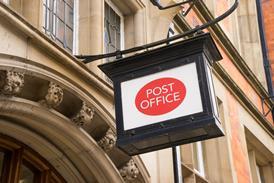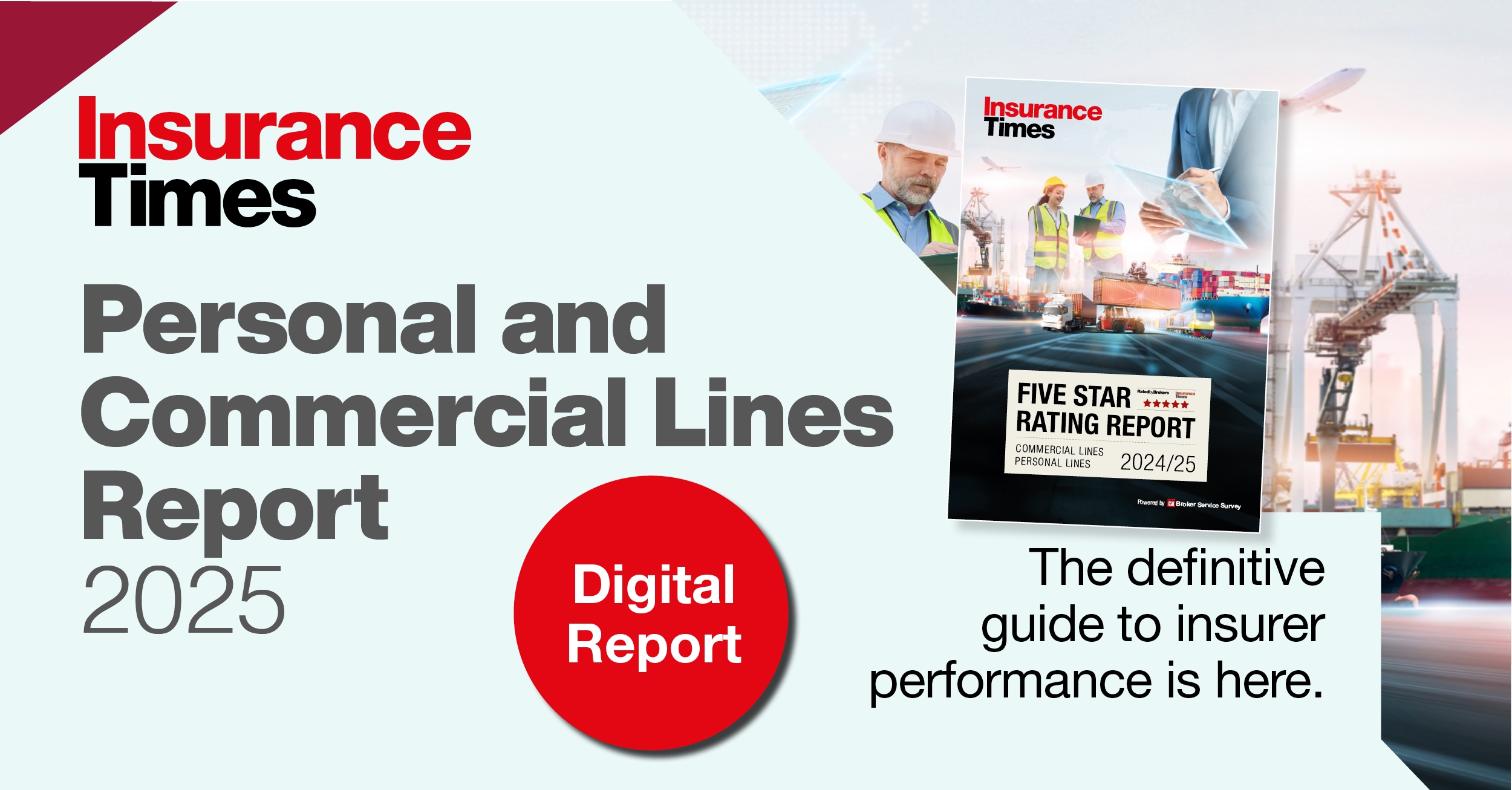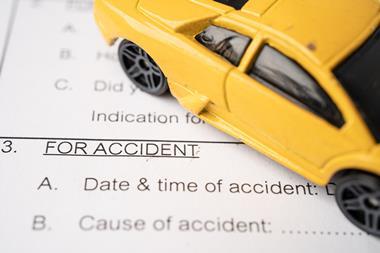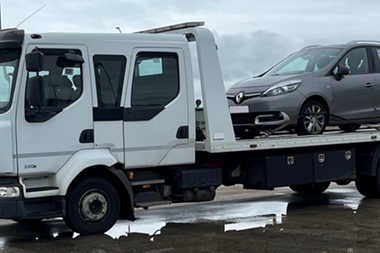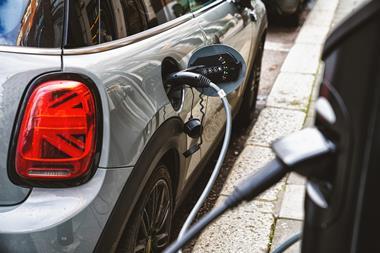Sponsored content: Frances Leury, product manager at Pearson Ham, zeroes in on the van insurance sector
Van insurance often falls under the umbrella of motor insurance, or else is assumed to be roughly synonymous with car insurance.
But, while many of the conditions and market forces are common to both vans and cars, Pearson Ham Group’s (PHG) new van insurance tracker is able to highlight distinct trends in the van insurance market.

The pandemic saw an increase in van demand – both for social use, as individuals looked to buy vans for recreation, and travel – while more of us working from home has fuelled growth in online deliveries and demand for couriers.
According to figures released by the ONS, light goods vehicles constituted 11.4% of all vehicles on the road in the UK at the end of 2023 – compared to 10.6% before 2020. This continues a trend of growth in van registrations in relation to cars.
The van insurance industry has felt the effects of the same market forces that have driven car insurance premiums up by record levels in the last two years.
As drivers got back on the road after Covid, increasing accident frequency coupled with a rise in the cost of parts and labour pushed up the cost base for insurers, which has flowed through to higher premiums for van drivers and car drivers alike.
Pricing data
According to new pricing data collected by PHG, the average best van insurance premium returned on price comparison started at more than £900 in May 2024.
This is nearly double the average best rate for car insurance in the same month. Age plays a significant factor in cost here, with the cheapest premium only falling below £1,000 on average for drivers aged over 50.
Drivers in London also see a significant price gap compared to vehicles registered elsewhere, with comparison site results typically returning a best price of more than £1,800.
Unlike in motor, however, van premiums do not appear to show signs of softening. PHG market index data recorded two consecutive months of decreasing in car insurance premiums in April and May 2024, while May figures for van showed a 0.6% monthly increase, with growth continuing into June.
While car insurance premiums are finally settling after a prolonged upward streak, market data would suggest that there is still a need to balance higher costs for van insurers.
With insurance for vans starting at a higher price point than for cars, it’s possible that a growing number of van owners could choose to pay through monthly payment options, rather than paying annually upfront, in order to make premiums more affordable.
However, paying for insurance in instalments does come at a cost to the consumer, with total payments using premium finance typically 11% more expensive than paying annually.
The van insurance market is growing as a segment of the motor Insurance industry, as the number of vans on the road relative to cars continues to increase.
Premium inflation for vans and cars has been equally driven by similar external forces. However, the higher price point for vans and continued upward trend in premiums highlights some of the differences in the market that need to be appreciated in order to operate successfully in the dynamic insurance market.
















